|
|
|
|
|
|
|
|
Photo Gallery for Nerodia taxispilota - Brown Watersnake
| 11 photos are shown. |
 | Recorded by: Erich Hofmann
Columbus Co.
Comment: | 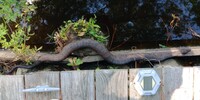 | Recorded by: Robert Turner
Chowan Co.
Comment: |
 | Recorded by: K. Sanford, L. Gravely
Camden Co.
Comment: |  | Recorded by: K. Sanford, L. Gravely
Camden Co.
Comment: |
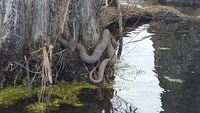 | Recorded by: K. Sanford, K. Haben
Gates Co.
Comment: | 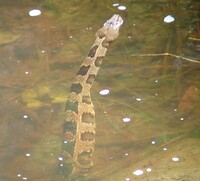 | Recorded by: Erich Hofmann and Kayla Weinfurther
Columbus Co.
Comment: |
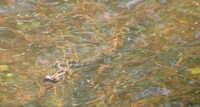 | Recorded by: Erich Hofmann and Kayla Weinfurther
Columbus Co.
Comment: | 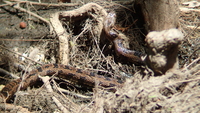 | Recorded by: Erich Hofmann and Kayla Weinfurther
Columbus Co.
Comment: |
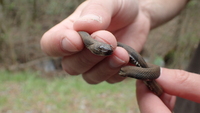 | Recorded by: Erich Hofmann and Kayla Weinfurther
Craven Co.
Comment: Juvenile |  | Recorded by: Mark Shields
Lenoir Co.
Comment: |
 | Recorded by: Mark Shields
Pender Co.
Comment: |
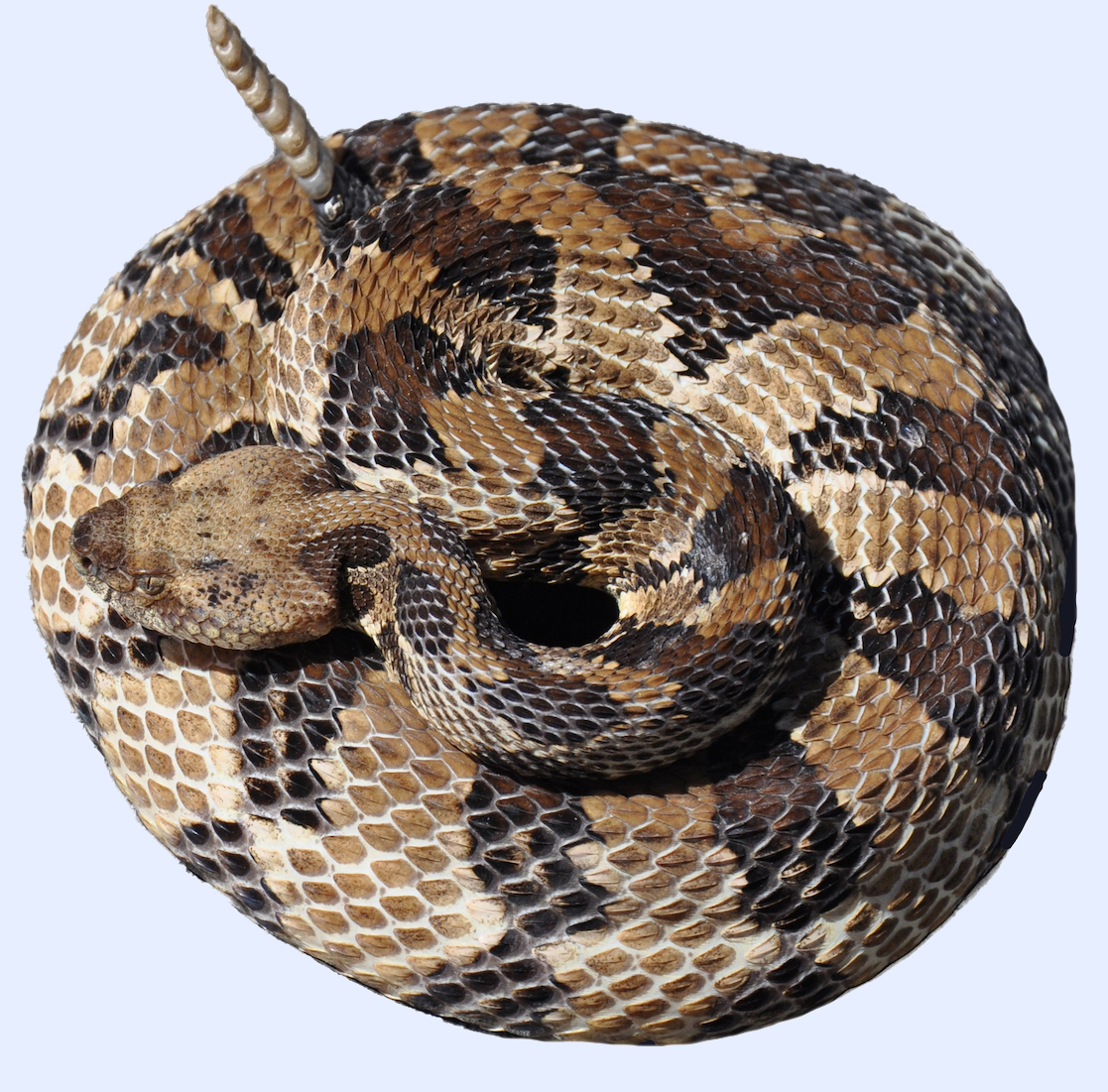
 »
» 


 »
» 
